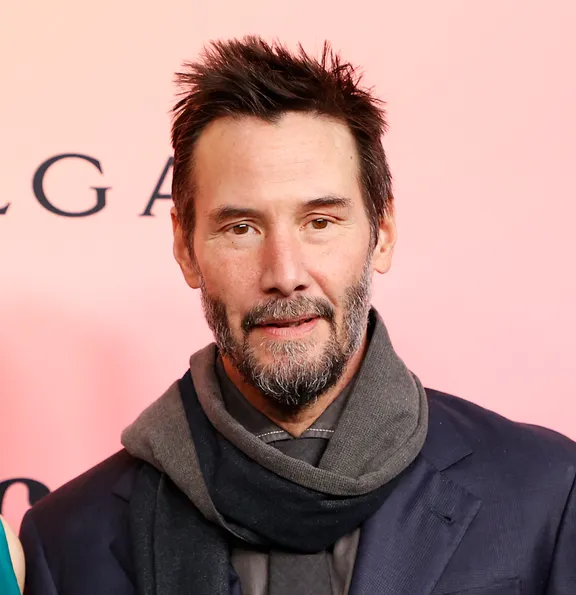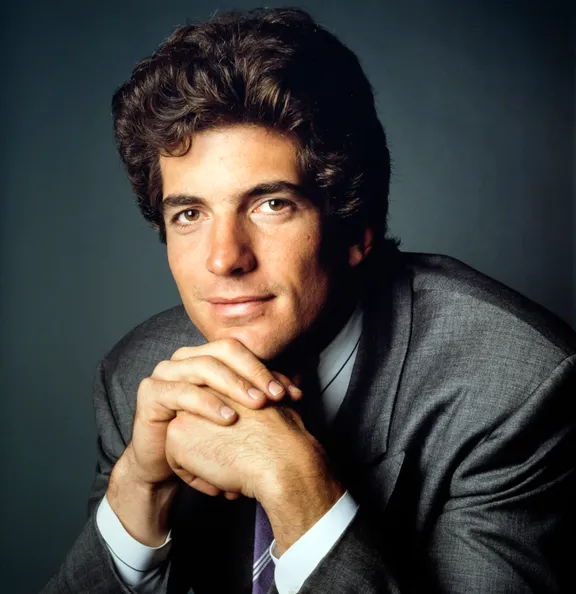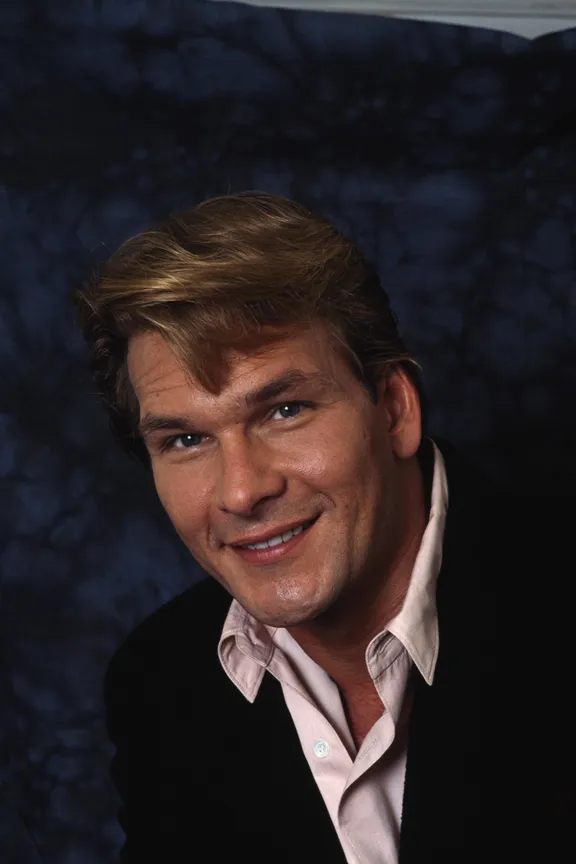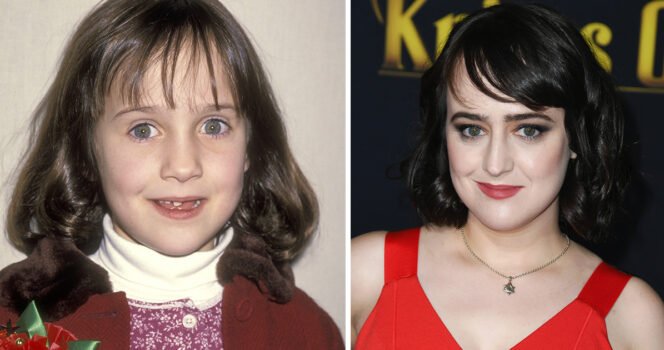The concept of male beauty has undergone significant changes over the past three decades. From the chiseled features of John F. Kennedy Jr. to the modern-day “hot rodent boyfriends,” societal perceptions of male attractiveness continue to shift.

In the late 1980s, Kennedy Jr. embodied the traditional notion of male beauty, with his athletic build and chiseled features earning him the title of People’s Sexiest Man Alive in 1988. Patrick Swayze, another iconic heartthrob of the 1990s, was known for his rugged, animalistic physique.

Fast-forward to the present day, and the definition of male beauty has expanded to include unconventional features. The rise of social media has given birth to trends like the “hot rodent boyfriend,” which celebrates men with angular, rodent-like features.

Celebrities like Mike Faist, Josh O’Connor, and Timothée Chalamet have been touted as the epitome of this new beauty standard. Their unique features, once considered unconventional, are now coveted by many.
Other actors, such as Adam Driver and Kieran Culkin, have also gained recognition for their distinctive looks. Driver’s graying hair and Culkin’s quirky charm have earned them a spot in the hearts of many fans.

The evolution of male beauty standards is a testament to the ever-changing nature of societal perceptions. As trends come and go, the definition of male attractiveness continues to expand, celebrating individuality and uniqueness.

From traditional heartthrobs to unconventional icons, the faces of male beauty have changed significantly over the years. As society continues to evolve, it will be interesting to see how the concept of male beauty adapts and transforms.


